These creatures are known to cause significant damage to a variety of plants, turning a once vibrant garden into a landscape of half-eaten leaves and stems.
The Comprehensive Guide to Maintaining Lomandra
Welcome to our comprehensive guide on caring for Lomandra, a genus of native Australian plants that are known for their grass-like, strappy leaves and clumping growth habit that are both resilient and beautiful. Well-maintained lomandras not only enhance the aesthetic appeal of your garden but also exhibit superior health and vitality compared to neglected ones.
By the end of this article, you’ll understand how to take good care of your lomandras, including their ideal conditions, whether or not you need to prune them, and plant health troubleshooting.
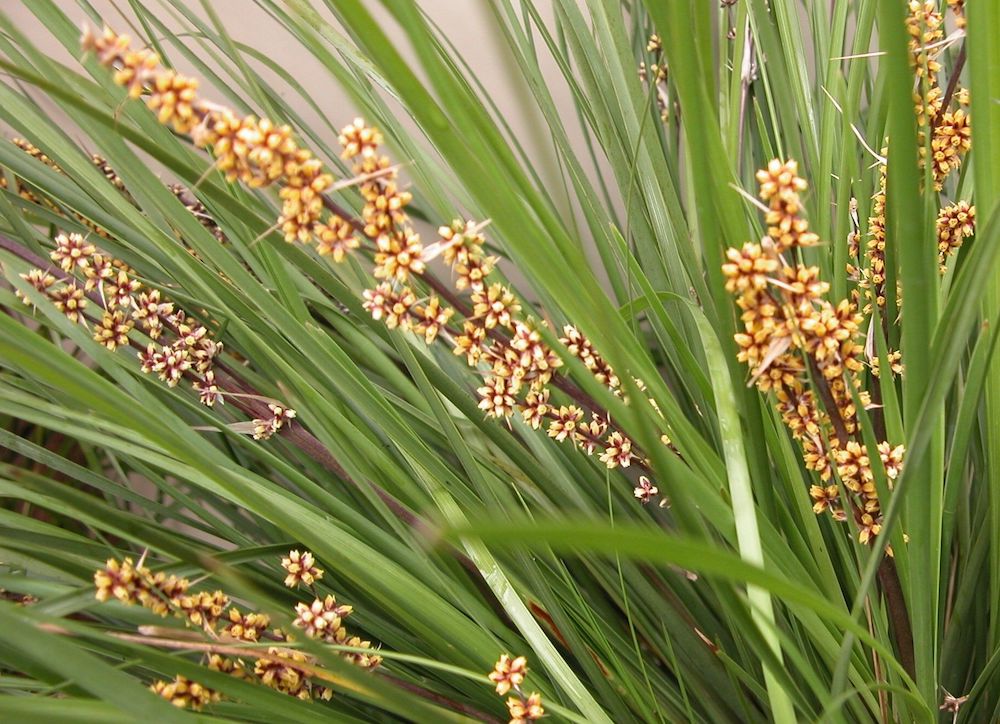
Understanding Lomandras
Lomandras come in a range of sizes depending on the natural or cultivated variety, but they all share similar traits. They have a robust, fibrous root system, with long, strappy leaves which arise from rhizomes that have close nodes and short internodes. They’re typically very easy to maintain with the right care and environmental conditions.
There are a number of natural species that have grown around the country, including:
Lomandra longifolia: This species is known for its robustness and resilience. It can grow up to 1 meter tall with long, flat, and slightly arching leaves. Its flowers are small, bright yellow, and fragrant, blooming in spring and early summer. This plant can survive well in various environments, from dry eucalyptus forests to damp areas near streams.
Lomandra confertifolia: Lomandra confertifolia is more compact compared to Lomandra longifolia, often growing up to 0.7 meters tall. It has narrow, bright green leaves that form a neat tussock. The creamy-yellow flowers bloom in spring, clustered on a central stem. This species prefers well-drained soils but can also tolerate seasonally waterlogged conditions.
Lomandra hystrix: Lomandra hystrix is the largest of the three, reaching up to 1.5 meters in height. It has bright green, glossy leaves that are longer and broader than the other two species. Its flowers are cream-colored and highly fragrant, appearing in spring and summer. This species is often found in wetter habitats, such as along creek banks and in moist open forests.
Breeders (like us at Ozbreed) have harnessed the potential of natural species to create new cultivars, or cultivated varities. This is the process of selective breeding, where we pick out lomandras with desirable traits—be it drought tolerance, disease resistance, or unique aesthetics—and breed them over several generations to enhance those traits.
The result is superior plants that carry the best aspects of their parent species, tailored for modern gardening needs. They’re often less weedy than natural species, more hardy for the urban landscape, and can be much more disease-resistant than their relatives that come straight from the bush.
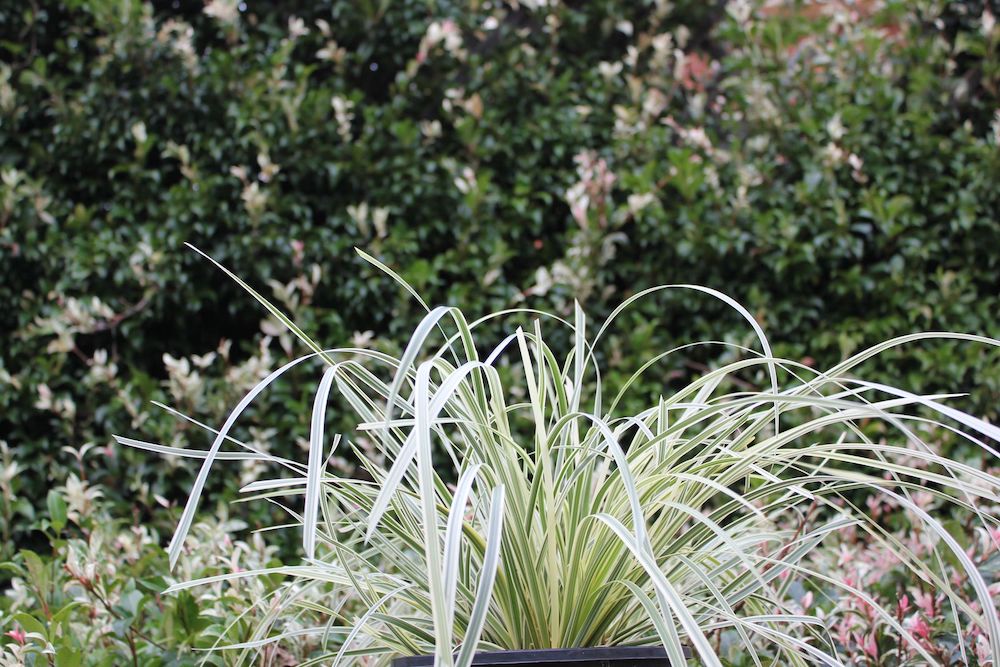
Lomandra Maintenance: Step by Step
Caring for your lomandra involves several key steps, each contributing to the plant’s overall health and longevity. Let’s break down these steps.
Growing Lomandras in an Appropriate Location
Just like all plants, location plays a critical role in the well-being of lomandras. These plants thrive best under certain conditions, and if they’re in the wrong location, it might be more beneficial to consider different plants. Choosing the right location involves considering factors such as sunlight exposure, soil type, and space availability.
Most Lomandra species and cultivars thrive in well-drained soils and prefer full sun to partial shade. This balance allows them to develop their signature lush, green foliage and hardy nature. Whether you’re planting in a coastal garden, a city rooftop or a suburban backyard, lomandras can adapt to a variety of environments, making them a versatile choice for any landscape.
Lomandras are renowned for their drought tolerance. Once established, they can withstand extended dry periods, making them an excellent low-maintenance option for busy gardeners or those living in areas with water restrictions. However, remember that while lomandras are resilient, they’ll reward you with more vigorous growth and greater aesthetic appeal when provided with regular watering and a suitable fertilising regime.
Watering Your Lomandra: Striking the Right Balance
Just like any other plant, lomandras need the right amount of water. Overwatering or underwatering can lead to a host of issues, so striking the right balance is essential for healthy growth. We recommend watering your lomandra deeply but infrequently, allowing the soil to dry out between watering sessions.
With that being said, Lomandra hystrix is an example of a species that can thrive with “wet feet.” Lucky Stripe™ Lomandra hystrix ‘LMV200’ PBR and Katie Belles™ Lomandra hystrix ‘LHBYF’ PBR are both examples of cultivars that will thrive in wet conditions along a river bank or in heavy, wet clay soil.
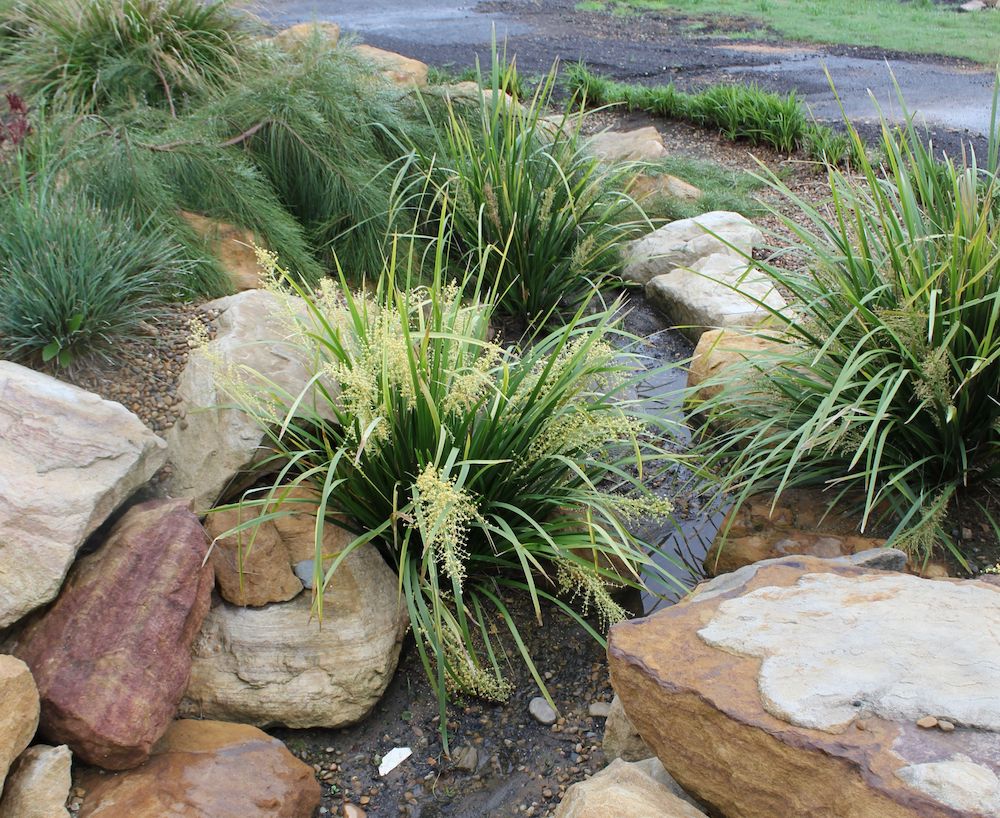
Fertilising Lomandras
While lomandras, like many native Australian plants, can survive without fertilisers, a proper fertilising regime can significantly enhance their health and growth. Chemical fertilisers will deliver the required nutrients. However, an organic fertiliser like compost, blood and bone, or composted manure will also help condition the soil, whether it’s sandy, silty or clay-dominant, to help improve water retention and drainage while feeding beneficial soil organisms.
Mulching Around Lomandras
Lomandras can greatly benefit from the application of organic mulch. Mulch acts as a shield for the top layer of soil, protecting it from the intensity of the sun. This in turn helps the soil hold on to its moisture while maintaining the viability of the existing soil microbes.
As the mulch gradually decomposes, it infuses the soil with carbon, enhancing its structure and feeding the vital microbes. A thickness of about 5-10 cm is perfect. However, take care not to smother the leaves with mulch; we want the foliage exposed to the air, with roots firmly embedded in the soil.
Refreshing the mulch every few years is an effective practice. While it might seem easier to compost on top of the mulch, it’s more best practice to clear the mulch away temporarily, apply your compost directly onto the soil, and then reestablish the mulch layer over the compost.
This method also serves to rejuvenate old mulch, making it look fresher. When selecting your mulch, opt for one made from larger bark pieces rather than finer particles. This aids in water penetration, ensuring it reaches the root zone instead of rolling off the surface and into the gutter.
Pruning Lomandras
When it comes to maintaining lomandra, one question often arises: should you prune them? The answer is yes, you can, but no, you don’t have to. Lomandras exhibit an appealing natural shape when allowed to express their inherent habit.
However, if you choose to prune your lomandras into a dome shape, be prepared for regular pruning sessions to maintain this form. Whether or not you’re pruning your lomandra leaves, removing the dead foliage by hand can enhance the plant’s overall appearance and health, preventing disease and pest infestations.
Dividing Lomandras
Over time, your lomandras may outgrow their space, and division offers an alternative to pruning leaves that can help you reduce the gigantic mass of rhizomes and foliage. Dividing lomandras not only helps manage their size but also promotes healthier growth.
Before you begin, make sure you’ve chosen a good, healthy specimen if you’re intending to transplant the “pups” to a new part of the garden. Give them a good drink a few days beforehand, and feed them with a liquid seaweed solution as well.
Trim the leaves back to a few cm above the rhizome, digging into the root zone with a shovel, mattock or trowel, separating some root and rhizome, and refilling the space with soil if necessary to prevent air exposure for the roots. You can then transplant your excess plant material that you’ve just removed from the clump in a new spot in the garden, ensuring roots are in the ground and leaves are in the air.
Give your new plants a good, deep watering to help them establish. It’s important to note that plants which have plant breeder’s rights (PBR) cannot undergo propagation if they’re destined for sale. They can solely be propagated for personal use.
Nurseries often use specialised methods like tissue culture, and it’s often simpler or more cost-effective considering your time to procure new plants. However, if you possess the time and aren’t selling them, it might be worthwhile to perform the propagation yourself.
Lomandra Weeds
Natural Lomandra species are typically very weedy, because they vigorously propagate by seed in nature. This means that you’ll get a lot of little baby lomandras popping up all over your garden beds and lawn, that will quickly become large and overgrown. Lomandras are awesome when they’re in the spot you want them, but not when they’re in the wrong spot. Especially because they can be tough to get rid of and herbicide-resistant.
In fact, you can pretty much spray a normal dilution of glyphosate to get rid of the weeds growing in between the lomandra leaves without killing desirable plants – NOT that we recommend doing this at all, of course! The best way to prevent lomandra weeds is to plant cultivated varieties that have far less fertile seeds, such as those from the Ozbreed catalogue.
Troubleshooting Common Lomandra Issues: Keeping Your Plants Healthy and Vibrant
Despite their resilience, lomandras may occasionally face issues such as yellowing leaves or root rot. Identifying these problems early on and implementing effective solutions can keep your lomandras healthy, so regularly inspect your plants.
Yellowing Leaves: If you notice your lomandra’s leaves turning yellow, it could be a sign of water stress or nutrient deficiency. Despite their drought-tolerant nature, lomandras do appreciate regular watering, especially during dry spells. Consider adjusting your watering schedule or installing an efficient irrigation system to ensure your plants are adequately hydrated.
Root Rot: Root rot is often a consequence of waterlogged soil, a condition not all lomandras tolerate well. If your lomandras are showing signs of this problem, such as wilting or browning leaves, it’s time to take action. Start by improving soil drainage or relocating your plants to a drier area. Our range of lomandra varieties includes species that are particularly resilient to these conditions, ensuring you have the right plant for every situation.
Fungal Symptoms: Fungal diseases can be a threat to lomandras, often manifesting as spots or blotches on the leaves. If you detect such symptoms, it’s essential to act swiftly to improve conditions. This can include removing dead foliage to increase airflow, reducing watering frequency. or replacing your plants with a cultivar that does better in wet soil. Call in a qualified horticulturist to help you before you reach for the chemical fungicides.
Lacklustre Growth: This could be due to one or more of the factors we’ve discussed, such as a lack of nutrients, water or sunshine. Remember that just because you’re watering, that doesn’t mean water’s reaching the root zone if your soil is compacted or “hydrophobic”. And just because your lomandra has access to a bit of sunshine for part of the day, that doesn’t mean it’s accessing enough sunlight to photosynthesise adequately to grow with the vigour you’re hoping for.
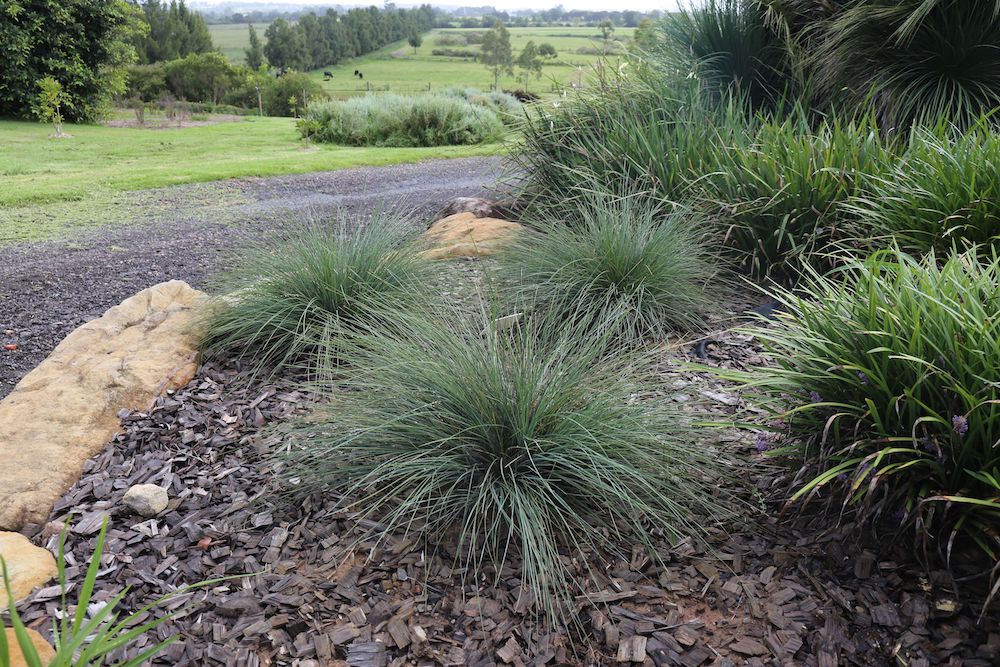
Daniel’s Wrap
Maintaining lomandra involves several steps, from choosing the right location and striking a balance in watering to optional pruning, timely fertilising, and periodic division. By understanding and implementing these care tips, you can enjoy the beauty and resilience of lomandras in your own garden.
If you’re not happy with the performance of the lomandras in your garden at the moment, maybe it’s time you replaced them with a better cultivar. Browse our catalogue of Ozbreed’s lomandras today.

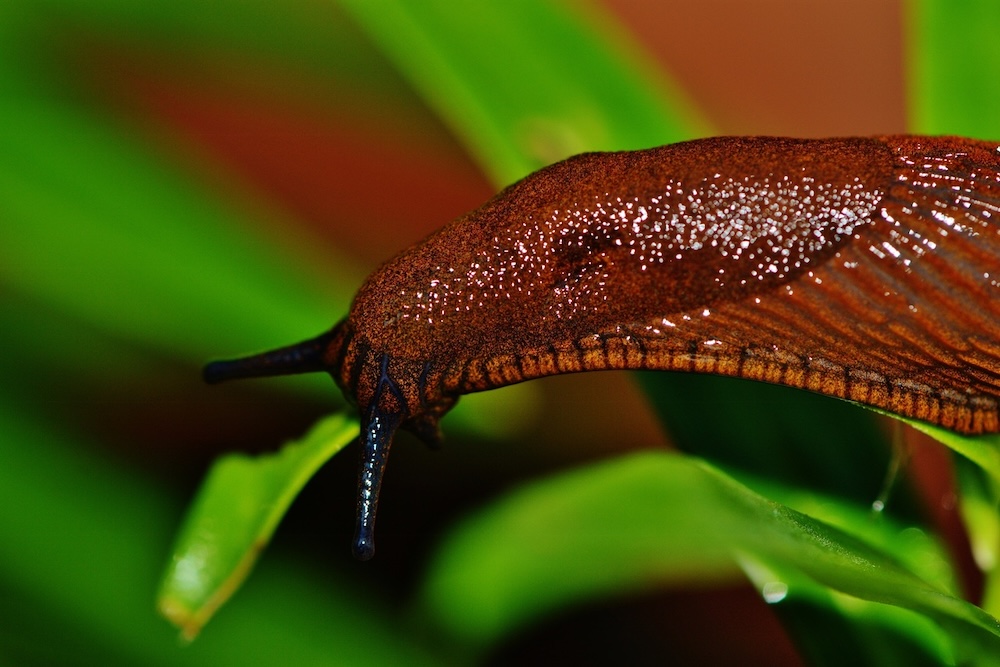

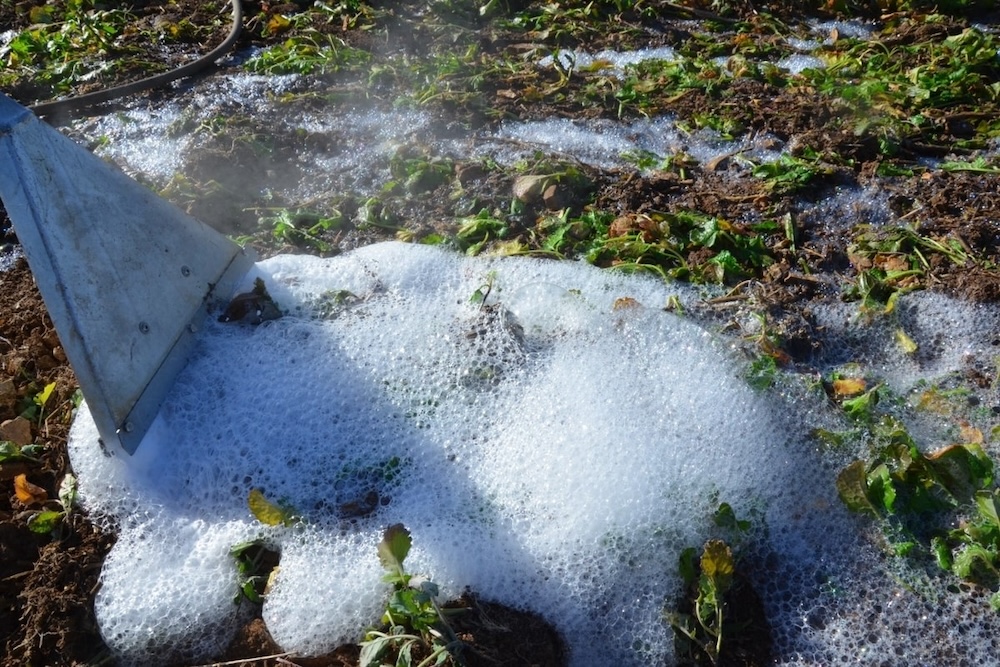
This Post Has 0 Comments